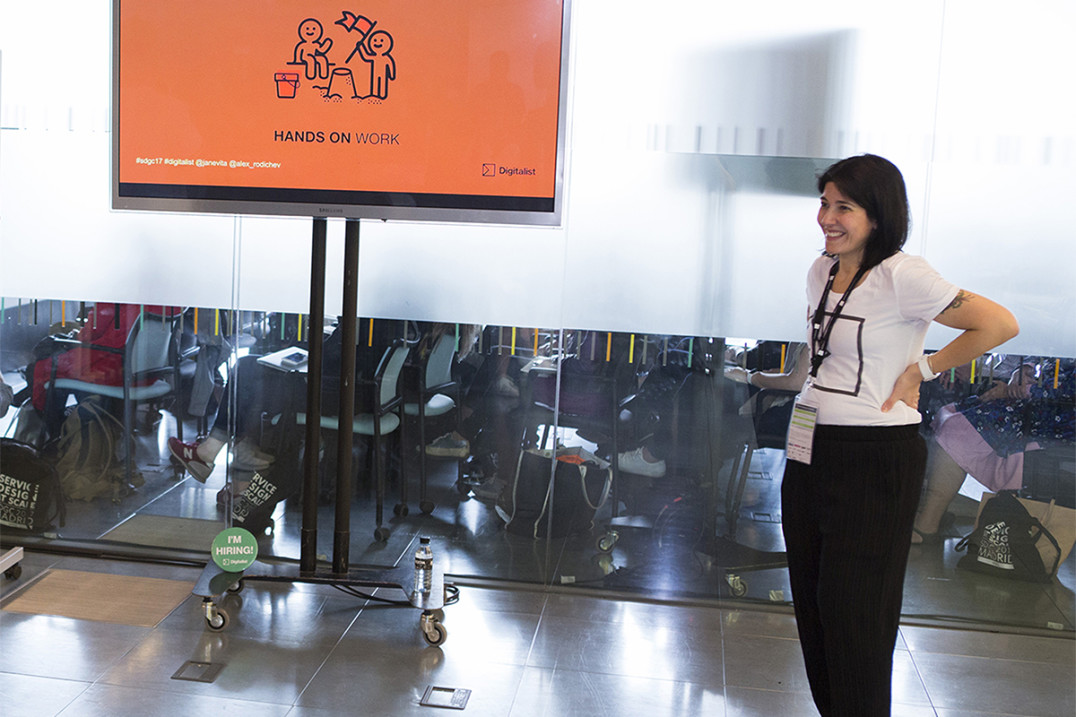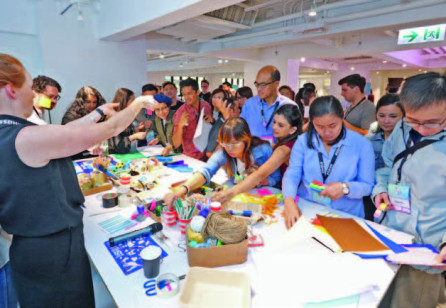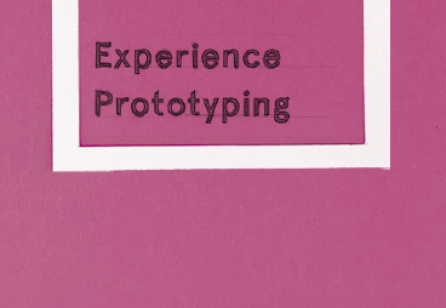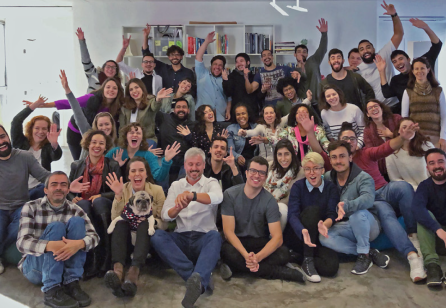What language (keywords or phrases) do you like to use to explain business modeling/business model innovation to an audience who is not familiar with it?
A business model is what defines the structure and logic in which your business will operate. An innovative business model evolves and adapts by capturing and co-creating value together with customers and stakeholders, in a variety of contexts.
What are some key lessons you learned over the years in business model prototyping?
There is no way of ideating and conceptualizing a business model without involving stakeholders and testing it with real customers. I also like to use "business model patterns" to experiment different ways shape the business and build the value chain. It is beautiful to see how a single service/product concept can be transformed into entirely different solutions when presented with distinct business model patterns or a combination of few.
What are some core activities or tools you use to do business modeling? What are the most useful method(s) or framework(s) for capturing the value of a new service to share with the organization?
The activities and tools we use always depend on the nature of the project, i.e., they usually can be framed in four areas, CX improvements, scaling, new services and businesses, and futures vision.
There is nothing wrong with the many suggested tools out there. The problem is to select few that will help you to make the company's challenges and opportunities tangible. They need to extract the essential ingredients to together with the client trace an efficient path to build a dialogue with their customers and increase profit.
Just naming few we have been using: Business Model Navigation Canvas, 55 business model patterns, personas, scenarios, business model canvas, interviews, focus groups, design and research sprints with a plenty user-centric creative methods.
What are some of the main reasons business modeling for new services fails?
In my humble opinion, people involved in business don't sit together and look at their business as an organism, containing cells that depend on each other. Businesses are organism that need constant nurturing. A business strategy needs to be co-created and lived by people in the company.
What are some of the sources skepticism or fears business leaders have when applying design thinking and prototyping new service business models? And how do you address them?
To Design Thinking and more agile and lean processes to succeed, leaders need to be more open to sharing ownership of the entire service and business design process.
When traditional leaders perceive that their sense of ownership is challenged, they may feel a personal loss and try to create unnecessary frictions and barriers. Our advice for that is to help leaders and their team to work together and share ownership of the process.
After few sessions and workshops in a safe and creative environment, with the right people, leaders start to understand that they can make more conscious decisions if their thought comes from a common and more integrated understanding.
Be sure to check-out Jane’s workshop at the upcoming 2017 SDN Global Conference
Check out other conversations at 5by5@blog









Share your thoughts
0 RepliesPlease login to comment